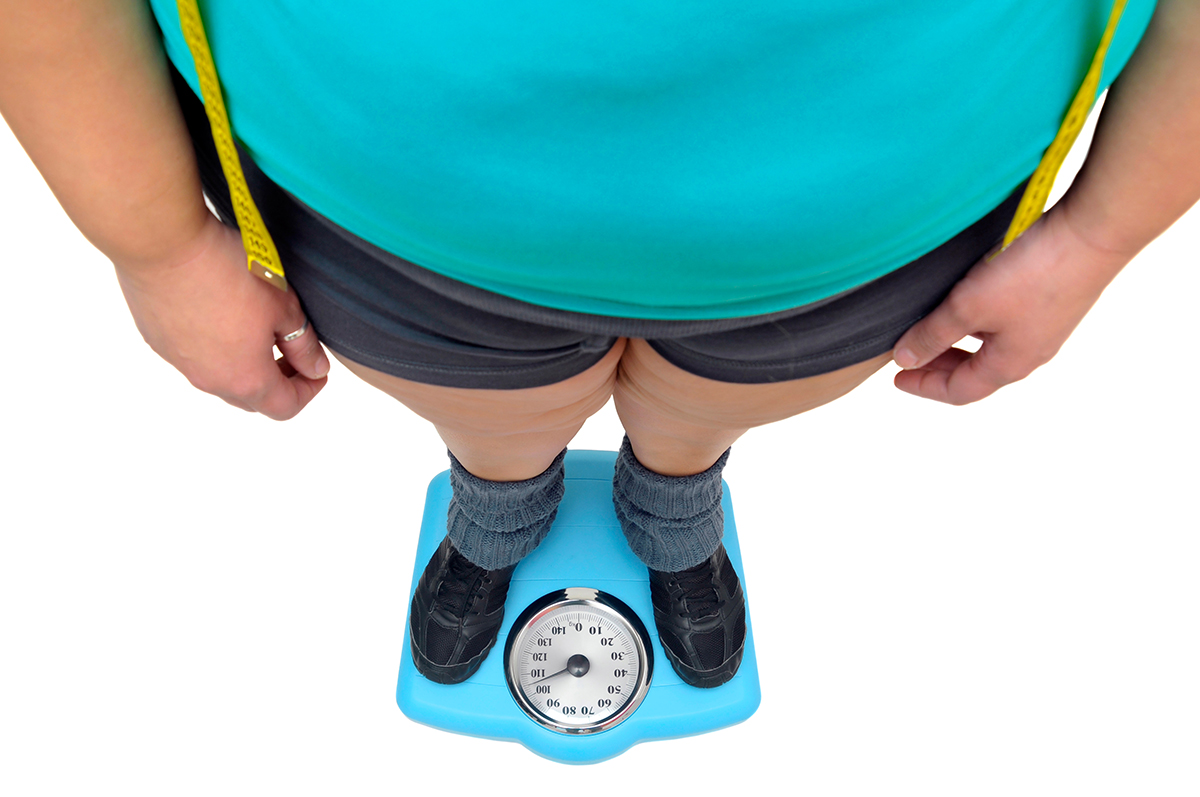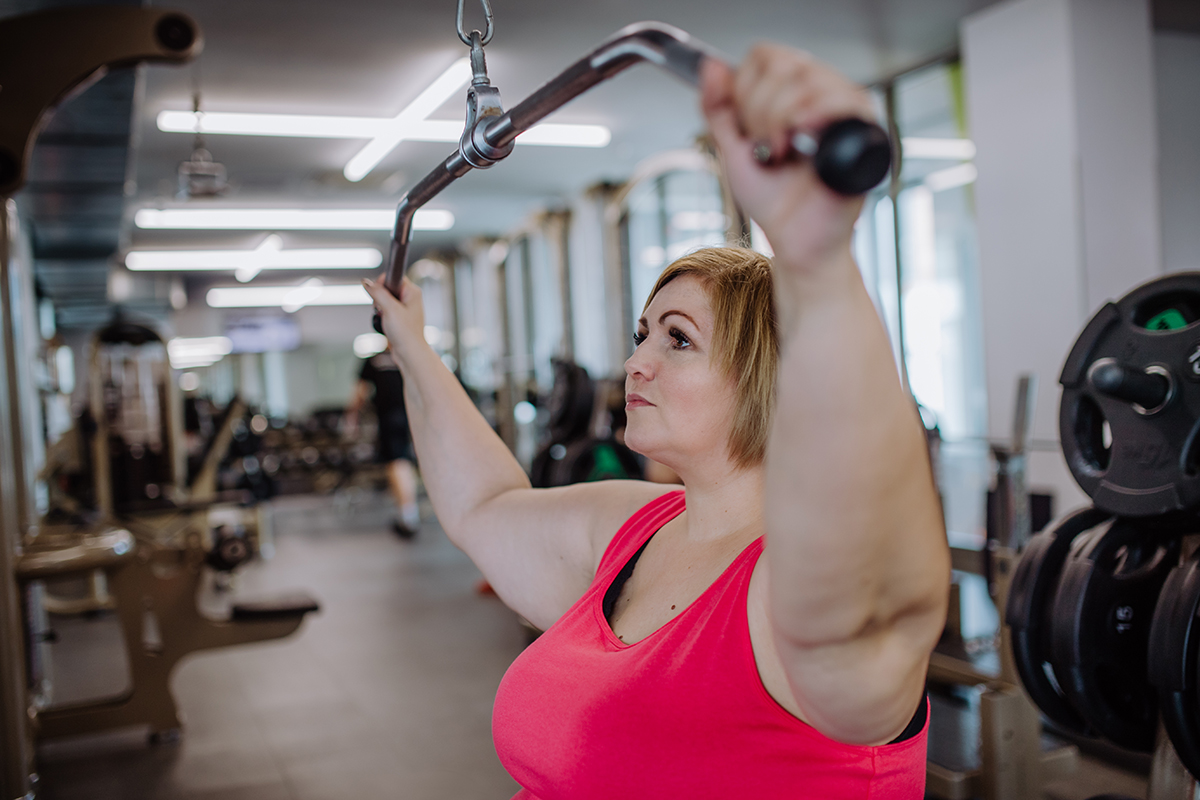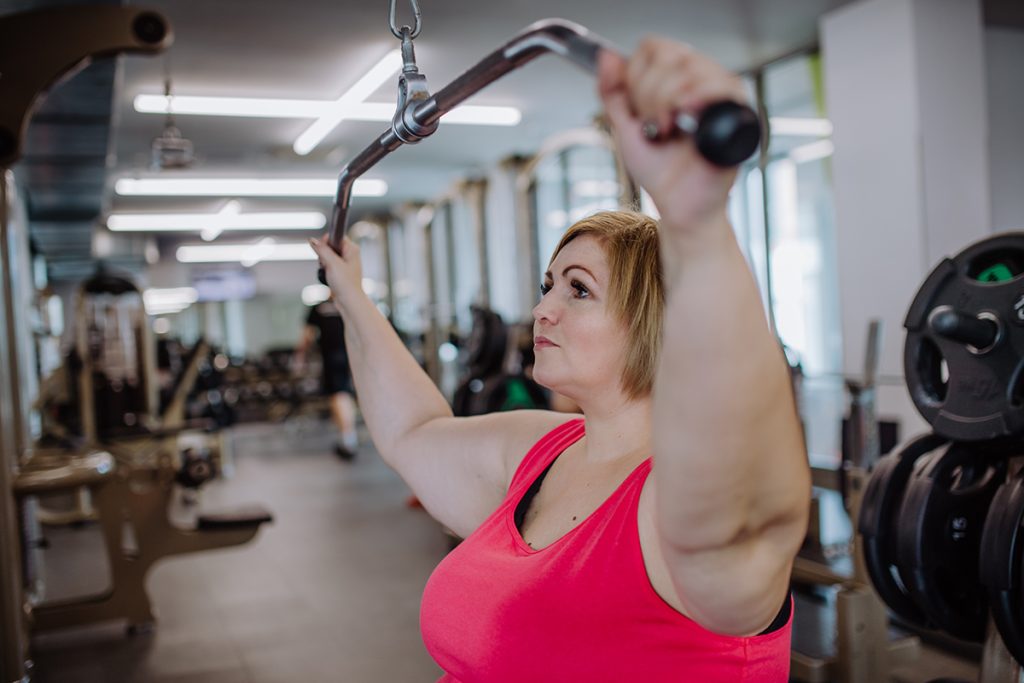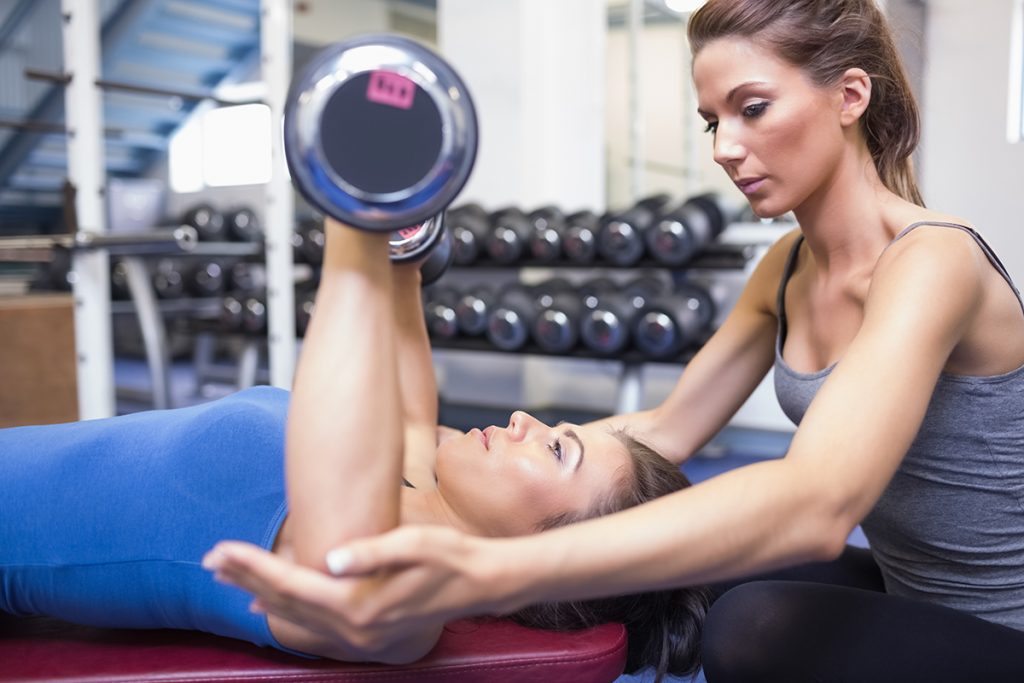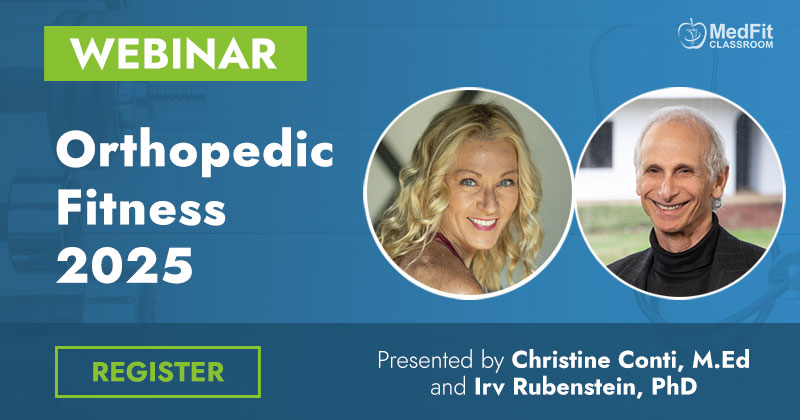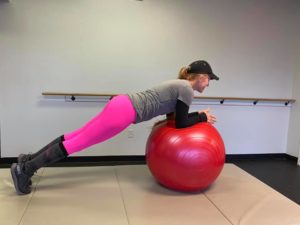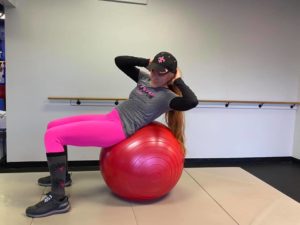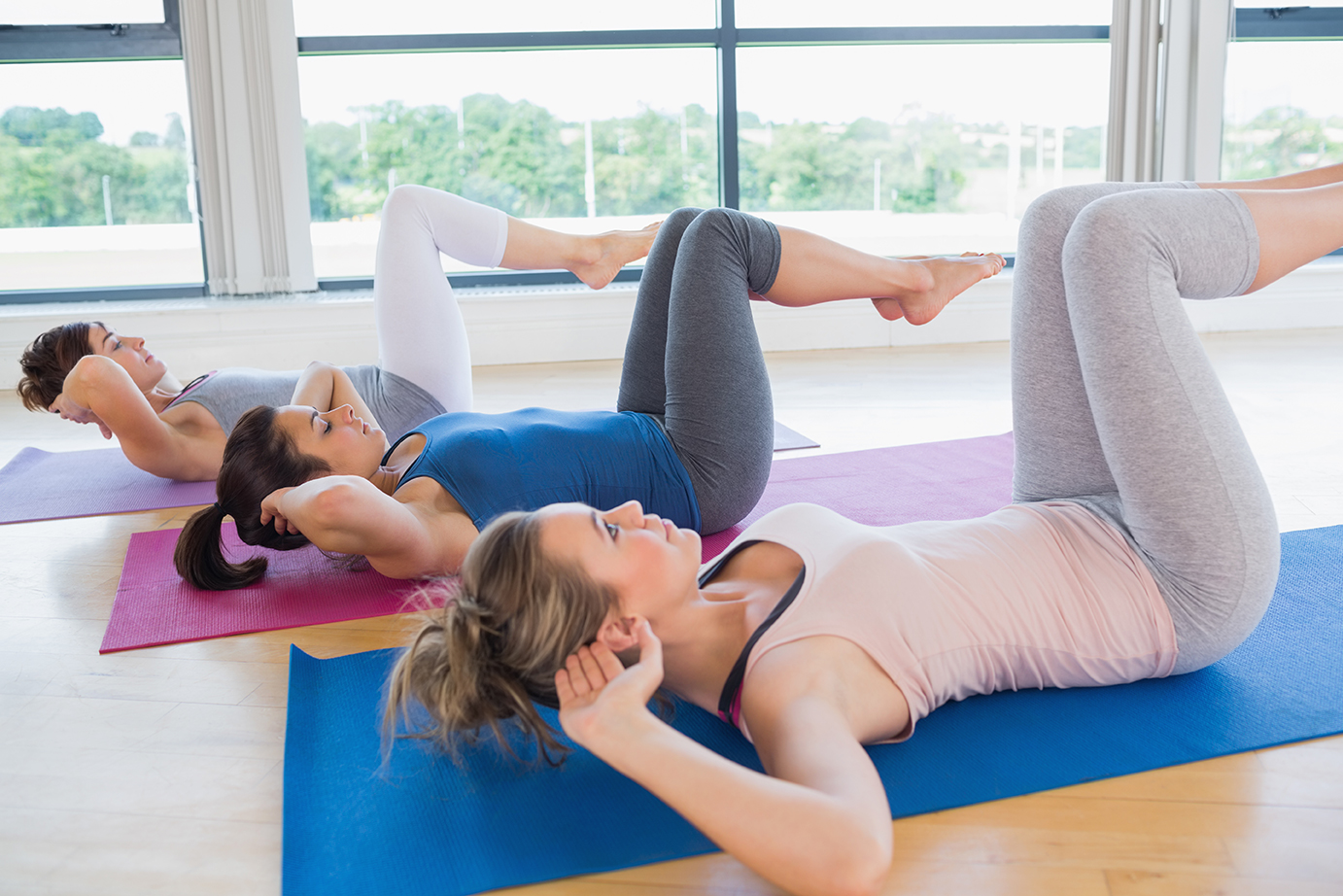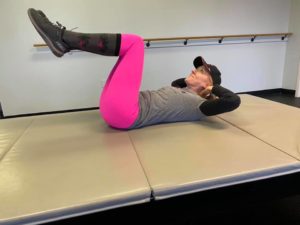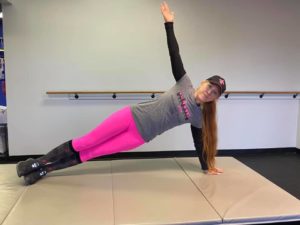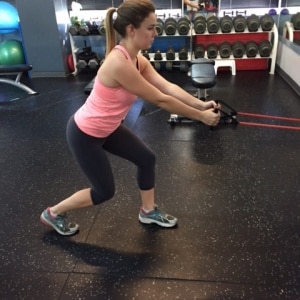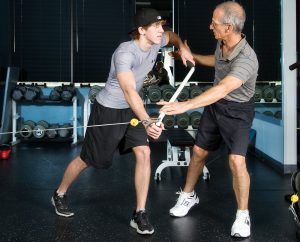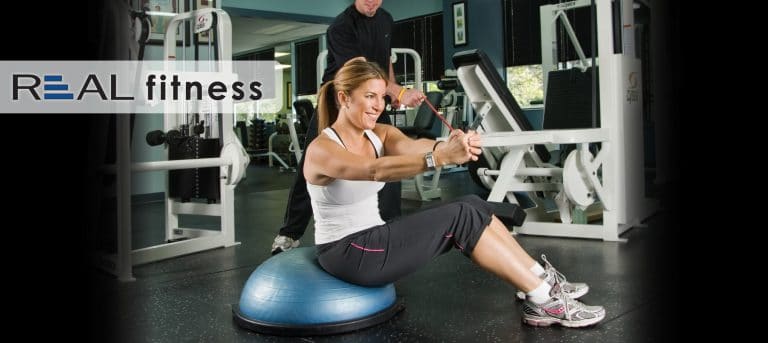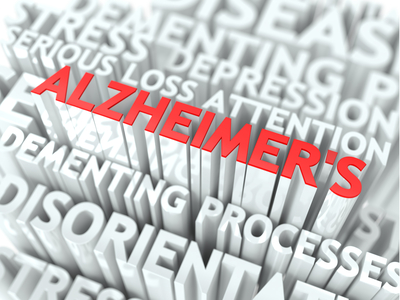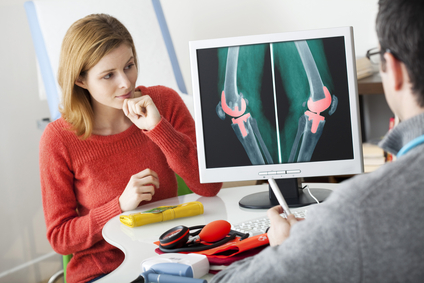Weight Loss Principles: The Good, the Bad, and the Ugly
Weight management is a, if not the, Holy Grail of lifestyle change for many, especially for women. Not that men don’t seem as concerned about their weight; it’s just that many men don’t see themselves as overweight when they look in the mirror – they see the same kid who played ball in high school.
Normally, I do not like to focus on weight loss. In taking a health professional’s perspective on weight, it’s just a number…until it’s not.

That is, focusing on weight is an excess we in the West – the wealthy, industrialized, relatively-safe from famine and disaster societies – tend to overindulge ourselves with. But, for those same reasons, we also are prone to illnesses and diseases that correlate with our lack of food scarcity. Thus, watching one’s weight is synonymous with watching one’s health unless one goes to extremes such as with eating disorders/disordered eating.
With this in mind, the advent and profusion of interest and usage of anti-obesity medications (AOMs) such as Wegovy, Ozempic, etc. are worth addressing.
As this blog post from the American College of Sports Medicine by Renee Rogers, Ph.D. FACSM (Dec. 18, 2023) discusses, the health and fitness professional (HFP) might feel threatened by a flurry of OAMs that might detract from his/her potential market. People who are trying or need to lose weight can now do so without having to engage the services of the HFP. In her essay, she notes that OAMs do work very well but that permanent weight loss and subsequent health and functionality still depend on maintaining a fit and strong body.
Also, now that we have meds that prove, essentially, that weight loss is not simply a function of willpower – that, because they work by effecting hormone changes that signal the brain and the GI system that they are not hungry, overeating is not necessary (excuse the simplification), people can now attend to engaging in healthful exercise and activity for other purposes: health (obviously), fitness, energy, fun, etc.
Finally, allow me to introduce Sheila Olsen, a freelance author on topics pertinent to health, fitness, and diet. Below is her excellent and well-researched review of weight loss for women. Thank you, Sheila, for reaching out to me and offering to contribute to the STEPS Fitness blog:
Losing Weight the Right Way: Tips for Women
Being healthy and at a healthy weight is important for everyone, but women have different health concerns than men and often lose weight differently.
The Differences
The biggest reason why men and women lose weight differently is hormones. For women, hormonal changes due to menstruation, pregnancy, and menopause can cause them to gain or lose weight. In addition, the hormones that control a woman’s appetite and metabolism are different from those that control a man’s. This means that women often have a harder time losing weight than men.
Another reason why women and men lose weight differently is that they tend to eat differently. Men are more likely to eat high-calorie foods and snacks, while women are more likely to snack on healthier foods like fruits and vegetables. This difference in diet can also lead to different rates of weight loss.
Though there are many reasons why women and men lose weight differently, the most important thing is that both sexes should focus on eating healthy foods and exercising regularly. By doing this, nearly everyone can achieve their goals for healthy weight loss, or at least healthy living.
Personal Training
Personal training services are specifically designed to support women on their weight loss journey, offering tailored fitness programs that cater to individual goals and needs. With a focus on sustainable and healthy weight loss, these services include one-on-one coaching, nutritional guidance, and customized workout plans that are both effective and enjoyable. The experienced trainers at Steps Fitness understand the unique challenges women face in losing weight and are committed to providing the motivation, support, and expertise needed to achieve lasting results.

Working Out at the Gym
Another great strategy for losing weight is to join a gym. Gyms offer a wide variety of machines and classes that can help you lose weight and get in shape. When working out at the gym, include cardio exercises such as running or elliptical training. Strength training is also crucial because it will help you build muscle mass, allowing you to burn off calories throughout the day.
Eating Mindfully
To lose weight, you must be mindful of the foods you eat. This means choosing healthy foods that are low in calories and fat. Diets high in processed foods and sugar can lead to weight gain, so it’s important to avoid these types of foods when trying to lose weight. Instead, focus on eating fresh fruits and vegetables, lean proteins, and whole grains. Additionally, be sure to drink plenty of water as this will help you stay hydrated and full throughout the day.
Consuming Caffeine
Caffeine is often highlighted for its potential effects on weight loss, especially among women, due to its ability to increase metabolism and enhance fat burning in the short term. Moderation is key, as excessive caffeine consumption can lead to unwanted side effects, so understanding and managing intake is crucial for leveraging caffeine’s benefits for weight loss effectively. For women considering caffeine as a part of their weight loss strategy, it’s important to be aware of the caffeine content in their favorite beverages. Online resources can be incredibly helpful for this, offering detailed information on the caffeine levels in various drinks, from coffee and tea to energy drinks and sodas. By consulting these resources, women can make informed decisions about their caffeine intake, ensuring it aligns with their health goals and dietary needs.
Staying Hydrated
As mentioned above, staying hydrated is key to losing weight. Drinking plenty of water throughout the day will help you feel full and satisfied so that you’re less likely to snack on unhealthy foods. In addition to water, green tea is an excellent beverage for weight loss as it contains antioxidants that can boost your metabolism. Aim to drink eight glasses of water or green tea per day.
Choosing the Right Health Insurance
Health insurance is an important factor to consider when it comes to trying to lose weight. Choosing the right health insurance plan can help you by providing meaningful support and resources that can make a huge difference in achieving your weight loss goals. Insurance plans can provide access to effective nutrition counseling and consultations. If you’re currently self-employed and not covered, you still have options. You can explore health insurance plans through the Freelancers Union or Affordable Care Act, or you can join your spouse’s plan.
Establishing SMART Goals
It can be helpful to establish SMART goals for your weight loss journey. SMART stands for Specific, Measurable, Achievable, Relevant, and Time-based goals. These goals should be realistic and attainable so that you don’t get discouraged along the way.
For example, a SMART goal might be “to lose 10 pounds in three months by eating mindfully and exercising three times per week.” This goal is specific (lose 10 pounds), measurable (three times per week), achievable (exercising three times per week), relevant (lose 10 pounds in three months), and time-based (in three months).
Managing Stress
One common health concern for women is managing stress. Stress can have many negative effects on your health including causing weight gain. When trying to lose weight, it’s crucial to find ways to manage your stress. Getting regular exercise, practicing meditation or deep breathing, journaling, spending time outside, and spending time with friends or family can all help.
How Surgery Can Help
Weight loss surgery, such as gastric bypass or sleeve gastrectomy, can be a beneficial option for individuals struggling with severe obesity and related health issues. These surgeries can lead to significant and sustained weight loss, helping to reduce the risk of obesity-related conditions like diabetes, hypertension, and heart disease. Furthermore, they often lead to improved overall quality of life and increased mobility for those who have struggled with obesity for an extended period, making them a valuable tool in managing long-term health.
Whether you’re working with a personal trainer, walking more often, or finding a better health insurance plan, these tips can help women lose weight in a healthy way. Remember, every woman’s body is different, so what works for one person might not work for another. The most important thing is to find what helps you and stick with it. With consistency and perseverance, you can reach your goal weight and stay healthy!
Originally printed on STEPS Fitness blog. Reprinted with permission.
Dr. Irv Rubenstein graduated Vanderbilt-Peabody in 1988 with a PhD in exercise science, having already co-founded STEPS Fitness, Inc. two years earlier — Tennessee’s first personal fitness training center. One of his goals was to foster the evolution of the then-fledgling field of personal training into a viable and mature profession, and has done so over the past 3 decades, teaching trainers across through country. As a writer and speaker, Dr. Irv has earned a national reputation as one who can answer the hard questions about exercise and fitness – not just the “how” but the “why”.

